Introduction
Nestled along the northeastern coast of Spain, Barcelona stands as a testament to the harmonious blend of ancient history and avant-garde innovation. As the capital of Catalonia, this vibrant city has long been a melting pot of cultures, each leaving its indelible mark on the urban landscape. Yet, among the myriad of influences that have shaped Barcelona, none is more prominent than the architectural movement known as Modernism.
From the winding alleys of the Gothic Quarter to the sprawling boulevards lined with modernist masterpieces, Barcelona’s architectural tapestry tells a story of a city that has always been at the forefront of artistic and architectural innovation. The city’s skyline, punctuated by the towering spires of La Sagrada Familia, serves as a daily reminder of the genius of Antoni Gaudí, the father of Catalan Modernism. Yet, Gaudí was not alone. His contemporaries, like Lluís Domènech i Montaner and Josep Puig i Cadafalch, also left their mark, ensuring that Barcelona became the epicenter of this groundbreaking movement.
But Barcelona’s architectural wonders do not stop at Modernism. Beyond the iconic facades of Casa Batlló or Casa Milà, the city boasts a rich tapestry of styles, from Romanesque churches to contemporary skyscrapers. Each era, each style, contributes to the city’s unique architectural narrative, making Barcelona a veritable open-air museum.
For the discerning traveler, Barcelona offers more than just a visual feast. It provides a journey through time, an opportunity to trace the evolution of architectural thought, and a chance to understand how the spirit of innovation and reverence for tradition can coexist in one magnificent city.
As we delve deeper into the world of Barcelona’s architecture, we’ll discover not just the buildings but the stories they tell, the people behind them, and the city’s enduring love affair with design and innovation. Whether you’re an architecture enthusiast or simply a curious traveler, Barcelona’s rich architectural tradition promises a journey of discovery that goes beyond mere bricks and mortar.
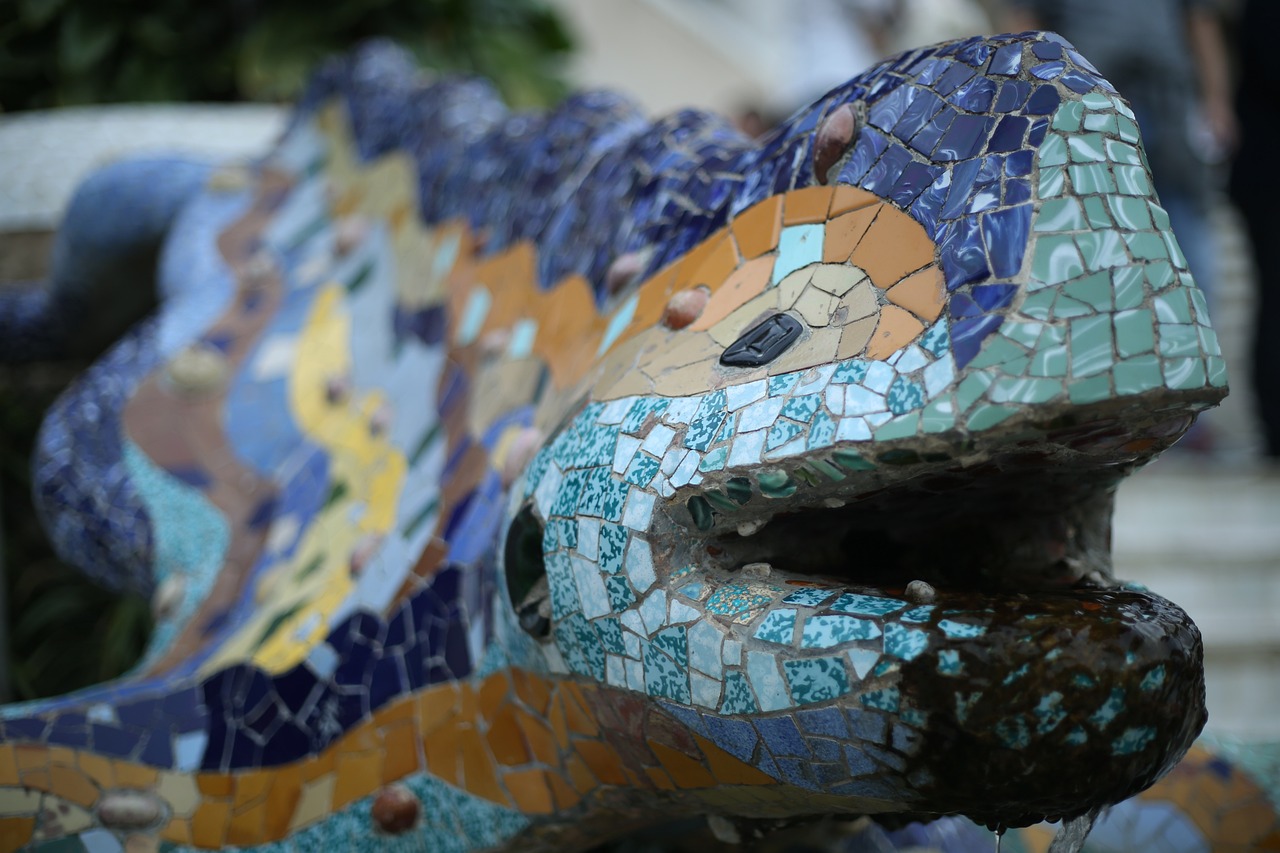
History of Catalan Modernism
In the heart of Catalonia, a revolutionary architectural and artistic movement began to take shape in the late 19th century, forever altering the face of Barcelona and its surrounding regions. This movement, known as Catalan Modernism, emerged as a distinct and vibrant response to the Industrial Revolution’s rapid urbanization and the societal changes it brought.
The origins of Modernism in Catalonia can be traced back to the region’s desire to establish its own identity, distinct from the rest of Spain. As Catalonia underwent rapid industrialization, there was a growing sense of nationalism and a yearning to reconnect with its medieval roots. This nostalgia, combined with the influences of European Art Nouveau, gave birth to Catalan Modernism.
The movement’s main characteristics are easily identifiable: curvilinear shapes, rich decoration inspired by nature, dynamic forms, and the frequent use of mosaics made of broken ceramic tiles (known as trencadís). These elements were not just aesthetic choices; they were symbolic representations of Catalonia’s unique landscape, history, and culture.
Architects like Antoni Gaudí, Lluís Domènech i Montaner, and Josep Puig i Cadafalch were the torchbearers of this movement. Gaudí, in particular, became synonymous with Barcelona’s modernist architecture. His masterpieces, such as La Sagrada Familia, Park Güell, and Casa Batlló, are emblematic of Modernism’s innovative spirit. These structures, with their undulating facades and organic motifs, seem to challenge the very laws of architecture and gravity.
But it wasn’t just architecture that was touched by the hand of Modernism. The movement permeated other art forms, including painting, sculpture, and decorative arts. The result was a holistic approach to design, where every element, from the structure of a building to its furnishings and decorations, was conceived in harmony.
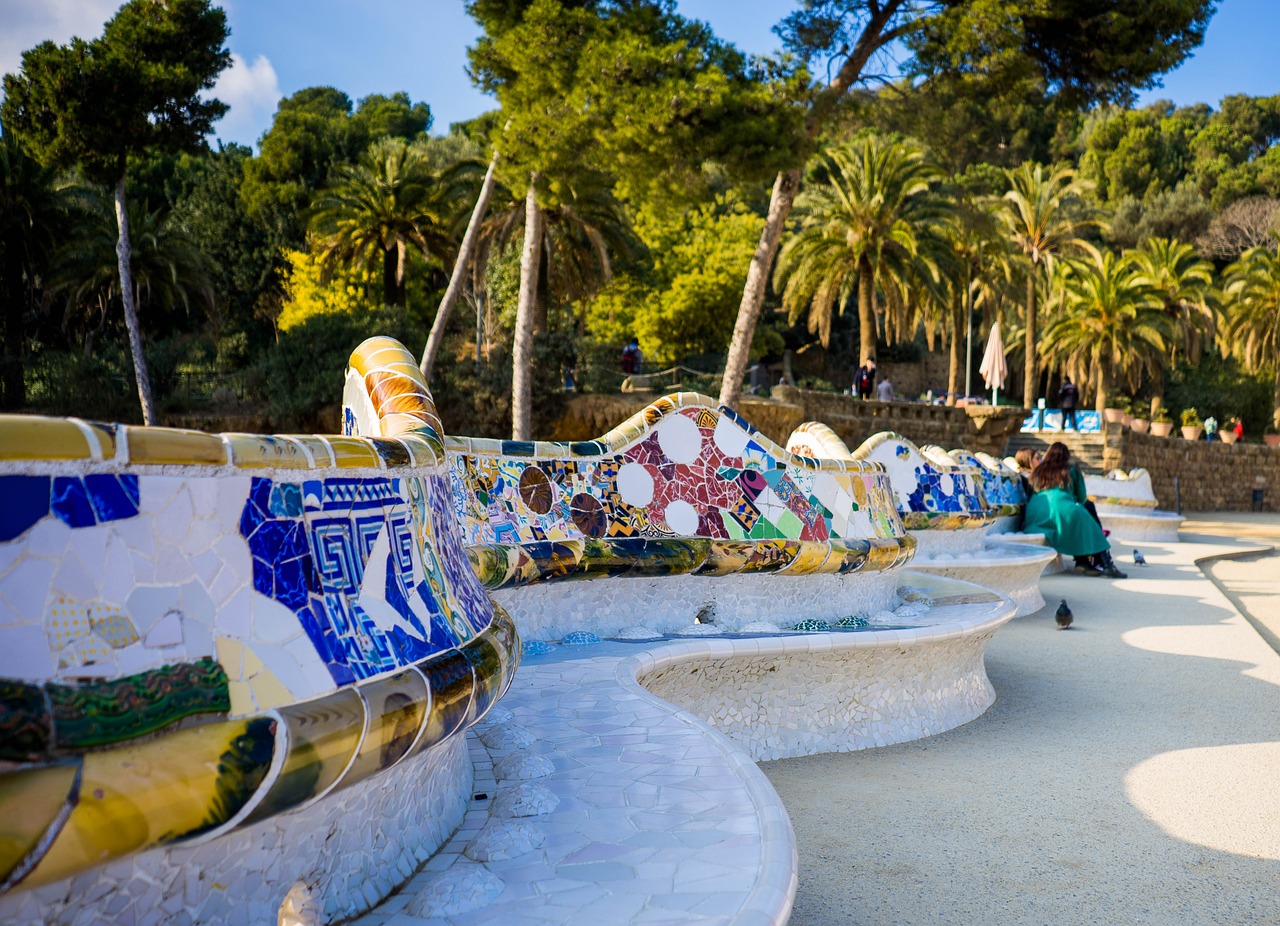
The influences on Catalan Modernism were manifold. Apart from the local traditions and Art Nouveau, there was a clear inspiration from Gothic forms, Moorish motifs, and even Far Eastern designs. This eclectic mix gave Modernism its unique flavor, making it distinctly Catalan yet universally appealing.
As the 20th century progressed, Modernism began to wane, making way for newer architectural styles. However, its legacy in Barcelona remains undiminished. The city, with its modernist boulevards, buildings, and parks, stands as a testament to a time when art, nationalism, and innovation converged to create something truly magical.
In the next section, we’ll delve deeper into the architectural marvels that this movement has bequeathed to Barcelona, ensuring that the city remains an essential pilgrimage for design enthusiasts worldwide.
Icons of Modernism in Barcelona
Barcelona, a city renowned for its architectural wonders, boasts a rich tapestry of modernist landmarks that have left an indelible mark on its skyline. These structures, characterized by their innovative designs and intricate details, stand as a testament to the genius of their creators and the spirit of an era.
- La Sagrada Familia: Gaudí’s Magnum Opus
Dominating the city’s landscape, the La Sagrada Familia is arguably the most iconic symbol of Barcelona’s modernist movement. Conceived by the visionary Antoni Gaudí, this basilica has been under construction since 1882. Its intricate facades, inspired by nature, and the towering spires reaching for the heavens, make it a masterpiece of design and engineering. The interior, with its forest-like columns and stunning stained glass, creates an ethereal atmosphere, transporting visitors to a realm of spiritual transcendence.
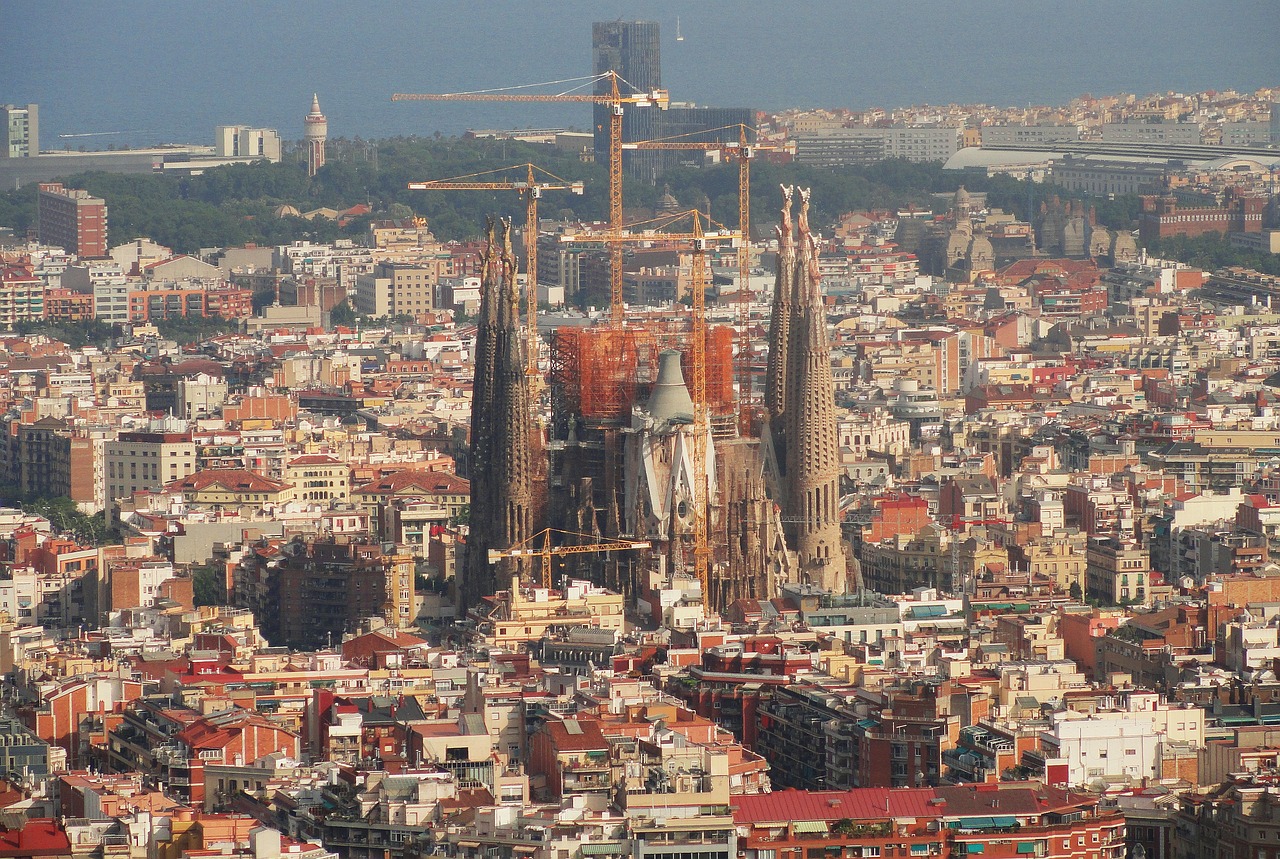
- Casa Batlló and Casa Milà (La Pedrera): Urban jewels by Gaudí
Nestled in the heart of the city, Casa Batlló and Casa Milà are two of Gaudí’s most celebrated residential creations. Casa Batlló, with its dragon-inspired rooftop and skeletal balconies, is a fantastical expression of Gaudí’s imagination. In contrast, Casa Milà, commonly known as La Pedrera due to its stone-like appearance, boasts wavy facades and a rooftop adorned with surreal chimneys. Both buildings, with their organic forms and innovative designs, challenge conventional architectural norms, making them must-visit sites for any architecture enthusiast.
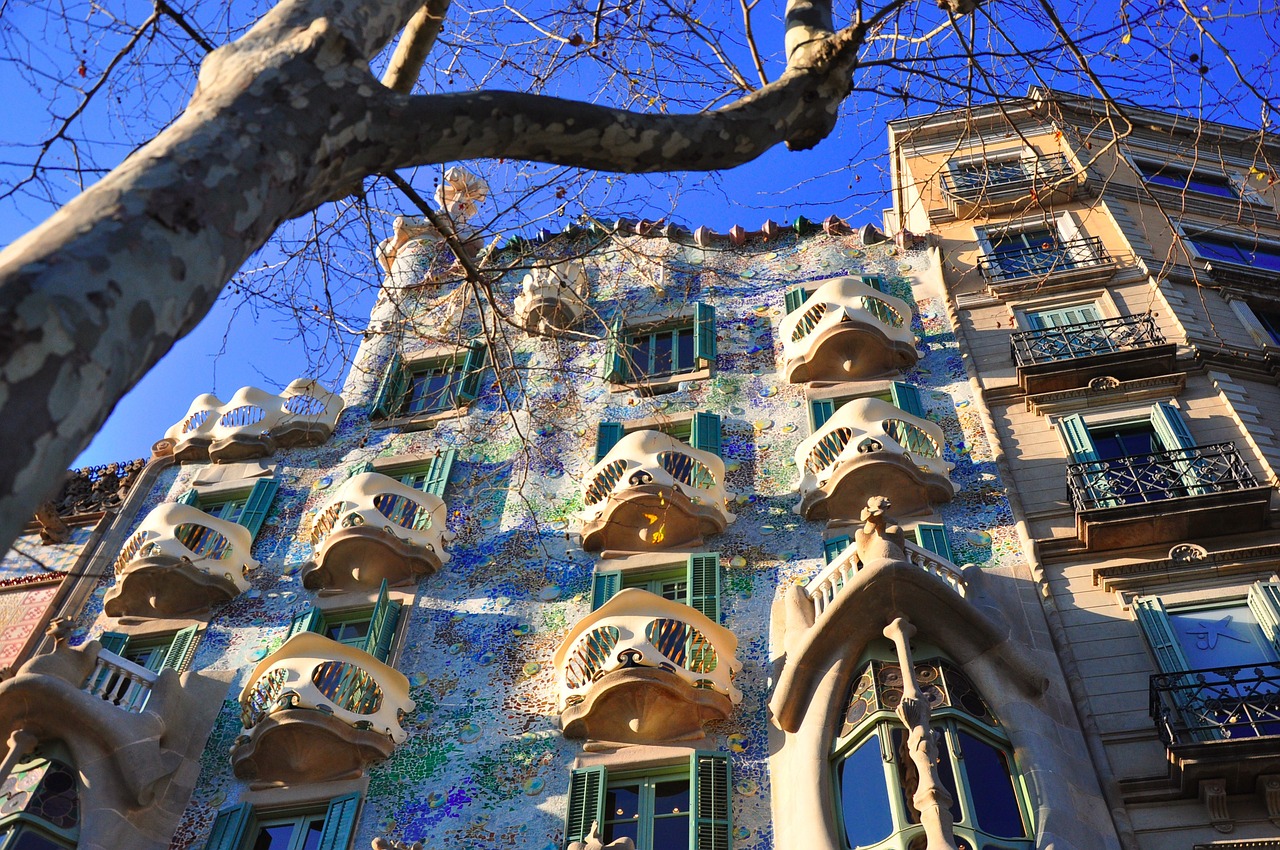
- Palau de la Música Catalana: The splendor of Domènech i Montaner
Designed by the illustrious Lluís Domènech i Montaner, the Palau de la Música Catalana is a symphony of color, light, and form. This concert hall, adorned with intricate mosaics, stained glass, and sculptural details, is a celebration of Catalan culture and musical heritage. Its unique design, which seamlessly blends various architectural styles, has earned it a place on the UNESCO World Heritage List.
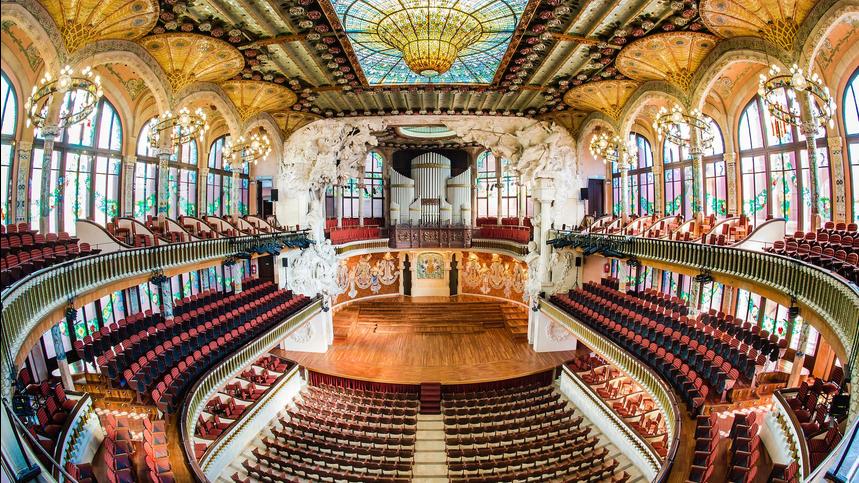
- Hospital de Sant Pau: A modernist citadel
Another masterpiece by Domènech i Montaner, the Hospital de Sant Pau, is a sprawling complex of pavilions connected by underground tunnels. More than just a medical facility, this “modernist citadel” is a harmonious blend of form and function. Its colorful tiles, ornate domes, and lush gardens make it a serene oasis in the heart of the bustling city.
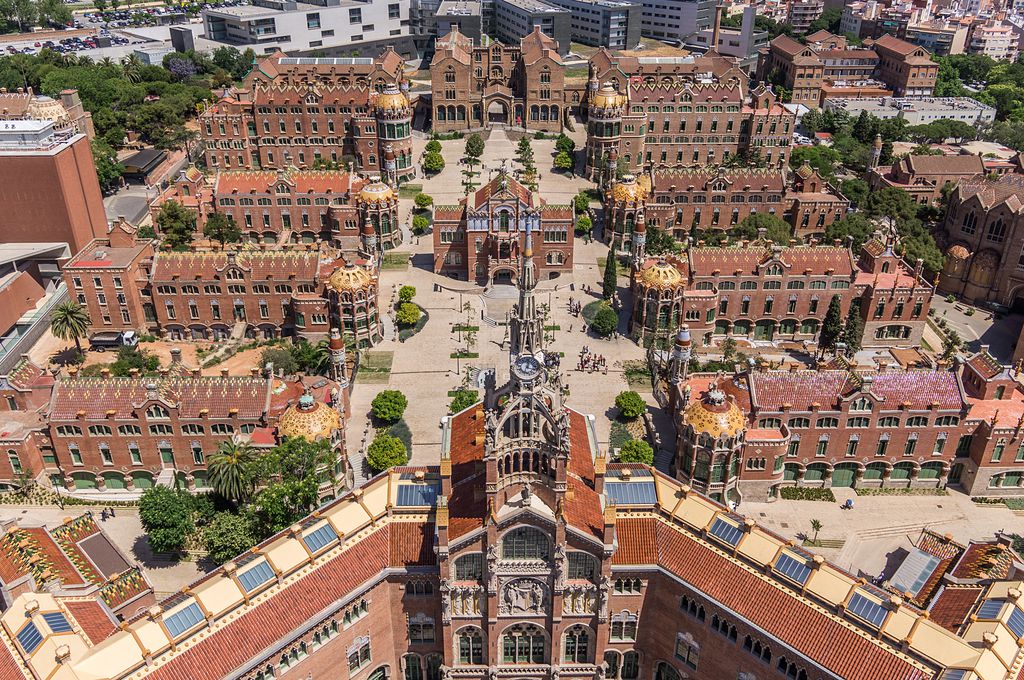
In conclusion, Barcelona’s modernist landmarks are not just architectural marvels; they are windows into the soul of a city that has always been at the forefront of innovation and creativity. Whether you’re an architecture aficionado or a casual traveler, these icons offer a glimpse into a bygone era, making Barcelona a timeless destination for all.
Beyond Modernism: other architectural jewels
While Barcelona is globally celebrated for its modernist masterpieces, the city’s architectural tapestry extends far beyond this singular movement. From ancient Gothic relics to avant-garde contemporary designs, Barcelona’s built environment is a testament to its rich history and forward-thinking spirit.
- The Gothic Quarter: Where history comes to life
Nestled in the heart of the city, the Gothic Quarter is a labyrinth of narrow, winding streets that transport visitors back in time. This historic district is home to some of the city’s most treasured landmarks, including the majestic Barcelona Cathedral and the ancient Roman walls. Walking through its alleys, one can’t help but feel the weight of history, as centuries-old buildings whisper tales of monarchs, merchants, and artists who once graced their halls.
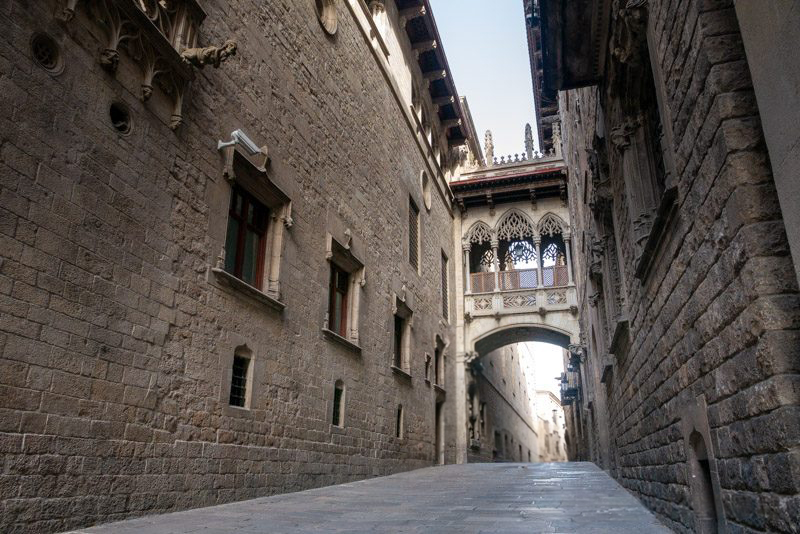
- El Raval: A fusion of cultures and styles
Adjacent to the Gothic Quarter, El Raval presents a stark contrast with its eclectic blend of architectural styles and cultural influences. Once a marginalized neighborhood, El Raval has undergone a renaissance in recent decades, becoming a hub for art, music, and gastronomy. Its streets are lined with a mix of medieval structures, modernist gems, and contemporary installations. The MACBA (Museum of Contemporary Art of Barcelona), with its sleek design, stands as a symbol of El Raval’s transformation from a forgotten enclave to a vibrant cultural epicenter. - Contemporary Design: Emblematic buildings of the 21st century
Barcelona’s architectural evolution didn’t halt with modernism. The city has continued to embrace innovation, as evidenced by its collection of 21st-century structures. The Torre Glòries, formerly known as the Torre Agbar, with its bullet-shaped design and dynamic lighting, has become an emblem of Barcelona’s contemporary skyline. Similarly, the Disseny Hub Barcelona, a multifunctional space dedicated to design and creativity, showcases the city’s commitment to cutting-edge architecture and urban planning.
In essence, Barcelona’s architectural narrative is as multifaceted as its history. From the haunting beauty of the Gothic Quarter to the pulsating energy of El Raval and the audacious designs of contemporary landmarks, the city offers a visual feast for those eager to explore its many layers. Whether you’re an architectural enthusiast or a casual traveler, Barcelona promises a journey through time, where the past, present, and future converge in a harmonious dance of stone, steel, and spirit.
Modernist routes: an immersive experience
Barcelona, a city where the past and present intertwine seamlessly, offers a unique journey through its modernist wonders. For those keen to delve deep into this architectural marvel, various routes promise an immersive experience, allowing you to step back in time and witness the genius of legendary architects like Antoni Gaudí.
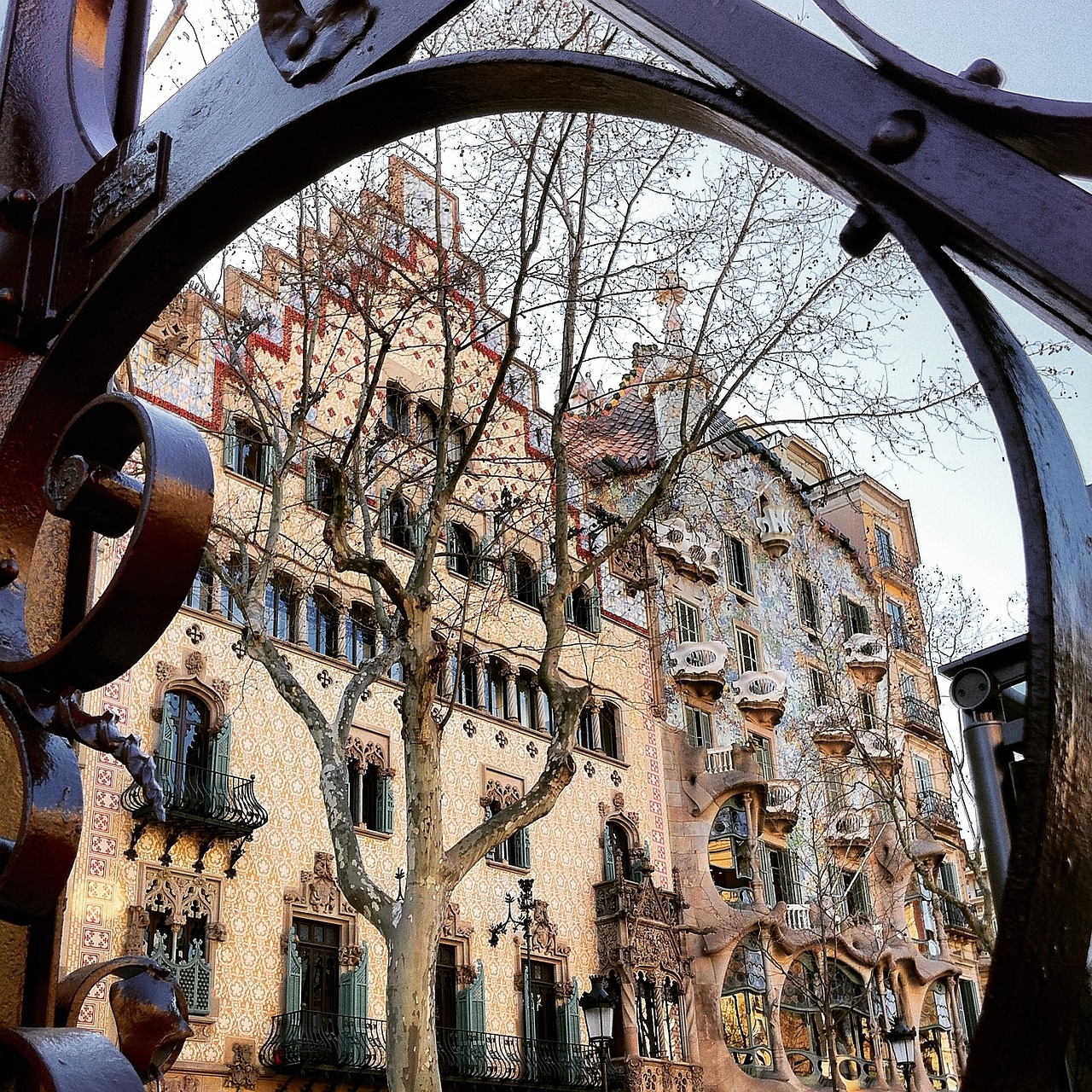
Recommended tours to explore Barcelona’s modernism
-
- The Gaudí Route: This is perhaps the most iconic of all modernist tours in Barcelona. Starting with the world-renowned La Sagrada Familia, visitors can trace Gaudí’s architectural evolution. The route also includes stops at Casa Batlló, with its dreamlike façade, and Park Güell, a mosaic wonderland offering panoramic views of the city.
- Passeig de Gràcia: Often referred to as the Champs-Élysées of Barcelona, this boulevard is a modernist haven. Apart from Gaudí’s masterpieces, it houses Casa Amatller and Casa Lleó Morera, designed by Josep Puig i Cadafalch and Lluís Domènech i Montaner, respectively.
- Hospital de Sant Pau Route: A lesser-known gem, this UNESCO World Heritage site is a modernist complex designed by Lluís Domènech i Montaner. Its intricate mosaics and innovative design make it a must-visit.
Tips and recommendations for visitors
-
-
- Book in advance: Popular sites like La Sagrada Familia and Casa Batlló often have long queues. It’s advisable to book tickets online in advance to avoid waiting and ensure entry.
- Guided tours: Opting for a guided tour can greatly enhance the experience. Knowledgeable guides provide insights into the history, symbolism, and architectural nuances of each site.
- Dress appropriately: Remember, places like La Sagrada Familia are not just tourist attractions but also places of worship. Dressing modestly is recommended.
- Visit early or late: To avoid crowds and enjoy a more intimate experience, consider visiting popular sites either early in the morning or later in the afternoon.
- Stay hydrated and wear comfortable shoes: Barcelona’s modernist routes involve a lot of walking. Ensure you wear comfortable footwear and carry water, especially during the warmer months.
-
Barcelona’s modernist routes offer a journey like no other, transporting visitors to an era where art, nature, and architecture converged to create masterpieces that continue to captivate the world. Whether you’re an architecture enthusiast or a casual traveler, these routes promise a deeper understanding and appreciation of Barcelona’s rich modernist legacy.
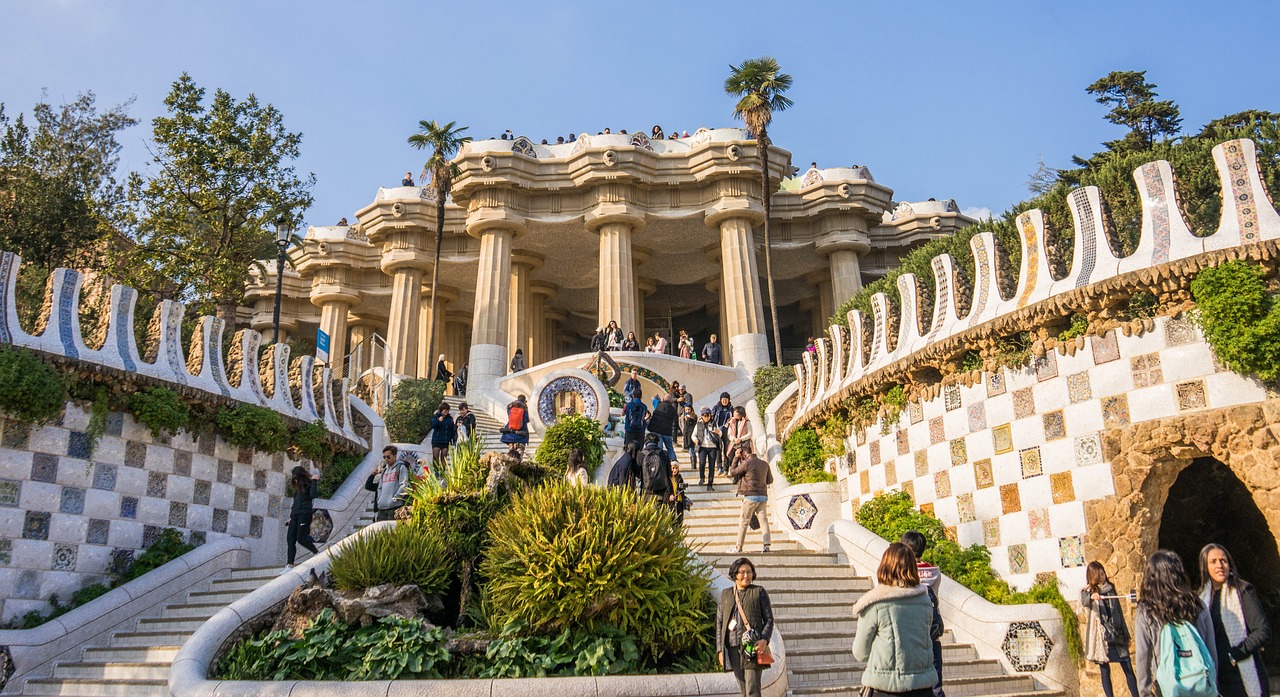
Modernism in Popular Culture
Barcelona’s modernist movement, with its vibrant colors, organic forms, and intricate details, has not only shaped the city’s skyline but has also deeply influenced the world of art, literature, and cinema. This artistic and architectural style, which blossomed at the turn of the 20th century, has left an indelible mark on popular culture, making Barcelona a muse for creators worldwide.
Influence of Modernism in art, literature, and cinema
-
- Art: Modernism has been a significant influence on visual arts. Artists like Salvador Dalí, though primarily associated with surrealism, exhibited modernist tendencies in their work. The fluidity, vibrant colors, and dreamlike quality of modernist architecture find echoes in the paintings of many artists who were inspired by the movement.
- Literature: Barcelona’s modernist era has been the backdrop for numerous literary works. Authors have been captivated by the city’s transformation during this period, with its blend of tradition and innovation. Novels set in this era often depict the societal changes, the bohemian life, and the artistic fervor of the time.
- Cinema: The city’s iconic modernist landmarks have been featured in numerous films. From local Spanish productions to international blockbusters, directors have been drawn to the unique aesthetic that modernist Barcelona offers. The intricate facades of Casa Batlló or the surreal landscapes of Park Güell provide visually stunning backdrops that add depth and character to cinematic narratives.
Barcelona as the backdrop for international productions
Barcelona’s modernist landmarks have graced the silver screen in various international films. For instance, the whimsical designs of Gaudí played a pivotal role in the visual narrative of films like “Vicky Cristina Barcelona” by Woody Allen. The city’s blend of historic charm and modernist marvels has made it a favorite for filmmakers looking to capture a unique blend of the old and the new. Moreover, the city’s modernist sites have also been the setting for numerous music videos, commercials, and photo shoots, further cementing Barcelona’s status as a global cultural icon.
In essence, Barcelona’s modernist movement extends far beyond its architectural wonders. It has permeated popular culture, influencing artists, writers, and filmmakers, and ensuring that the city’s modernist legacy continues to inspire and captivate audiences worldwide. Whether through the pages of a novel, the scenes of a film, or the strokes of a paintbrush, the spirit of modernist Barcelona lives on, a testament to the enduring power of creativity and innovation.
Conclusion
Barcelona, a city renowned for its rich tapestry of history, culture, and art, has always been at the forefront of architectural innovation. At the heart of this lies Modernism, a movement that has not only shaped the city’s physical landscape but has also deeply embedded itself into its very soul. As we reflect upon the significance of modernism in Barcelona’s identity, it becomes evident that this isn’t just an architectural style; it’s a testament to the city’s spirit of innovation, resilience, and artistic flair.
The modernist landmarks, from the towering spires of La Sagrada Familia to the undulating facades of Casa Batlló and Casa Milà, are more than just tourist attractions. They represent Barcelona’s audacious leap into the future while staying rooted in its traditions. These structures, with their intricate designs and organic forms, are a manifestation of the city’s desire to break free from the conventional and embrace the avant-garde.
But beyond the bricks, tiles, and stained glass lies the true essence of modernism – a reflection of Barcelona’s societal shifts, its aspirations, and its challenges during a transformative era. The city, during the modernist period, was a melting pot of ideas, where artists, architects, and thinkers converged to reimagine and redefine urban living. This era wasn’t just about constructing buildings; it was about building an identity.
For visitors, modernist Barcelona offers a journey through time. Every archway, balcony, and mosaic tells a story of a city in flux, of a community pushing the boundaries of art and architecture. But for the locals, it’s a source of pride, a daily reminder of their city’s unique place in the world of art and design.
Moreover, the legacy of modernism isn’t confined to the past. It continues to inspire contemporary architects, artists, and designers in Barcelona and beyond. The city’s modern structures, while paying homage to its modernist roots, are also pushing the envelope, ensuring that Barcelona remains at the cutting edge of design and innovation.
In conclusion, modernism is more than an architectural style in Barcelona; it’s an ethos. It encapsulates the city’s undying spirit of creativity, its unwavering commitment to progress, and its deep reverence for its rich history. As we stand at the crossroads of the past and the future, the modernist masterpieces of Barcelona serve as enduring symbols of the city’s journey, its triumphs, and its undying love for art and beauty. They remind us that Barcelona isn’t just a city; it’s a living canvas, a testament to the transformative power of imagination and innovation.





